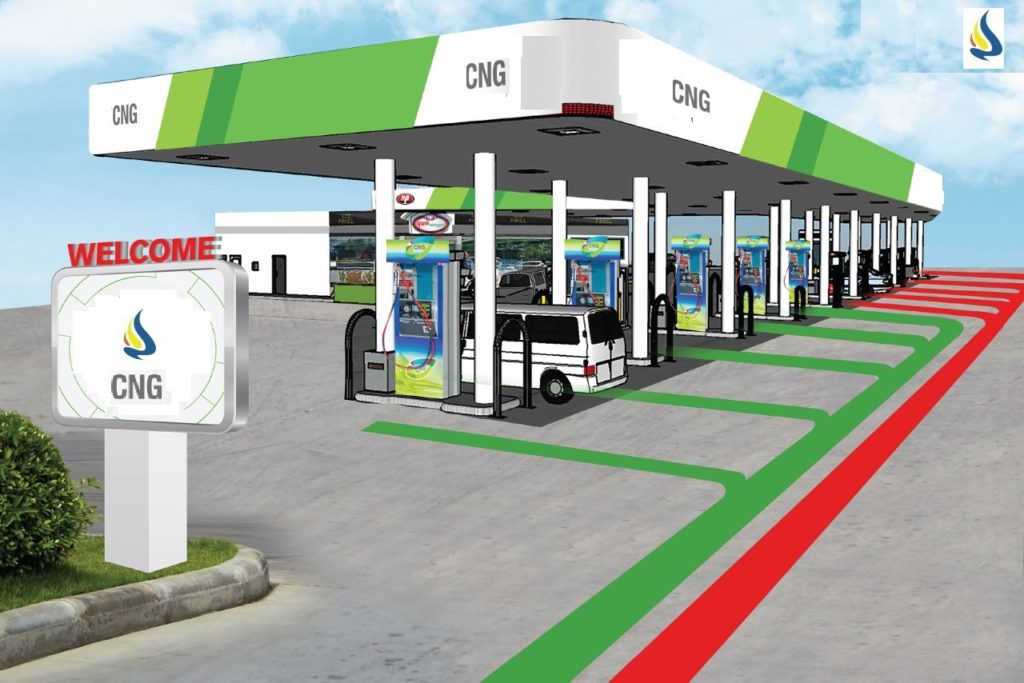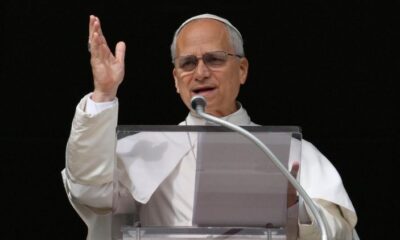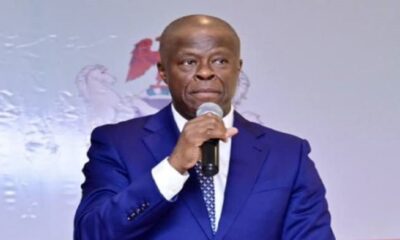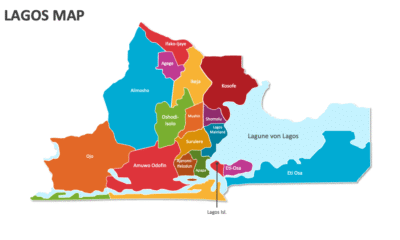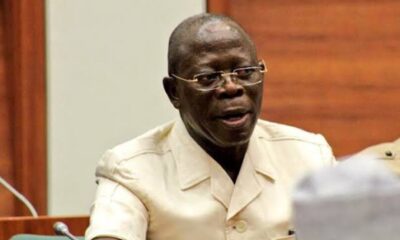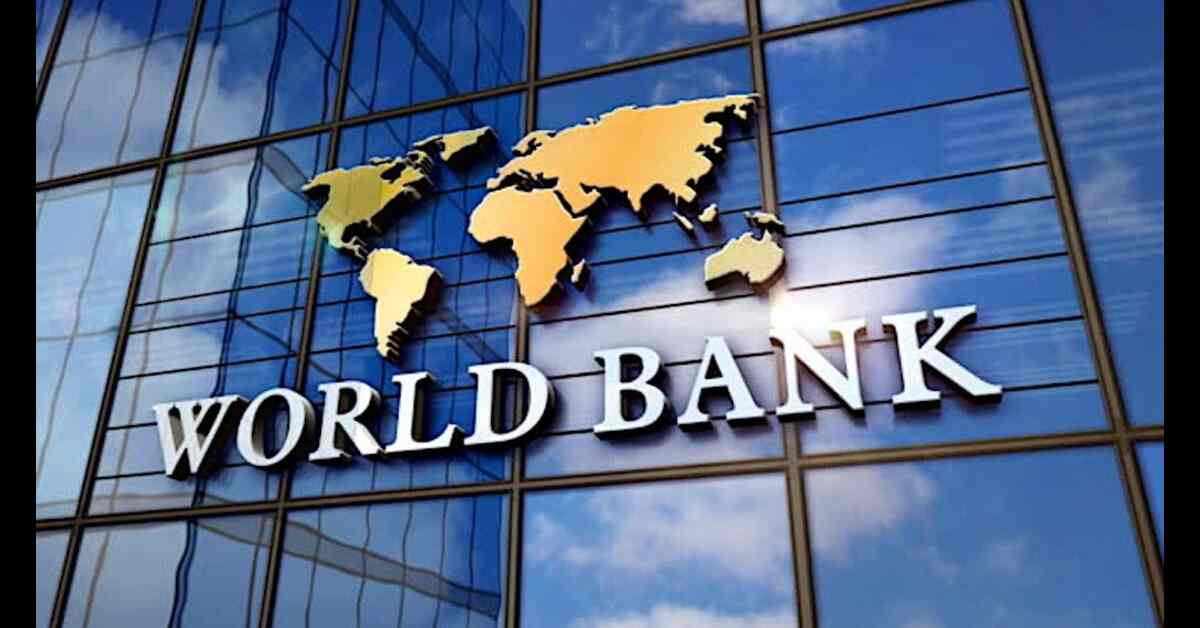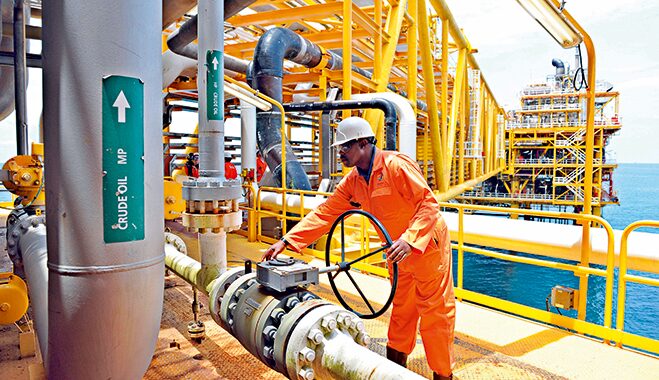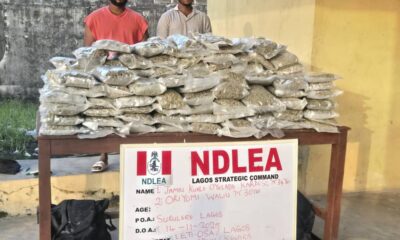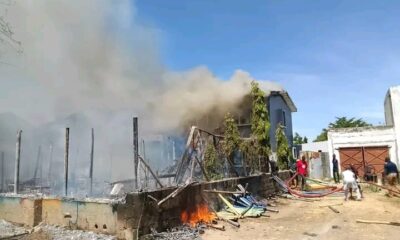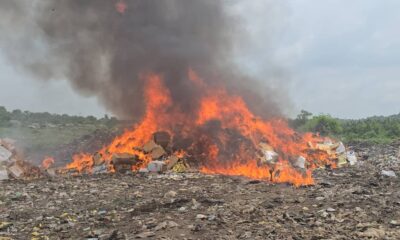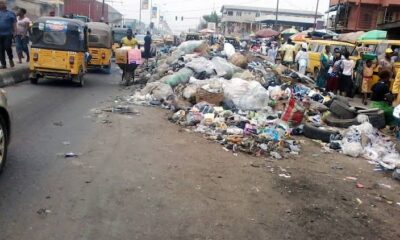The Federal Government is set to establish 500 Compressed Natural Gas refuelling stations across the country within three years, as part of efforts to accelerate Nigeria’s transition to cleaner, cheaper fuels and ease pressure on petrol consumption.
This follows the conclusion of discussions between the Midstream and Downstream Gas Infrastructure Fund and Chinese equipment manufacturer, Endurance Group, on the rollout of large-scale CNG infrastructure, the Executive Director of the MDGIF, Oluwole Adama, disclosed in a statement on Sunday.
The statement read, “The Midstream and Downstream Gas Infrastructure Fund concludes discussion with leading Chinese Manufacturer Endurance Group to make available 500 CNG refuelling stations across Nigeria for the next three years.”
Adama said the talks resulted in an agreement to create a government-backed Special Purpose Vehicle, promoted by the MDGIF, Bank of Industry, Endurance Group, and Séquor Investment Partners, to drive the project.
According to him, the SPV, to be known as Compressed Natural Gas Auto Mobility Infrastructure Company, will “deploy 500 integrated CNG refuelling stations; develop LCNG gas supply infrastructure; and provide CNG and LNG transportation trucks with truck-mounted cascades, forming a virtual pipeline across all states nationwide.”
“The collaboration underscores the parties’ commitment to accelerating Nigeria’s transition to cleaner fuels by addressing infrastructure gaps across the country’s CNG value chain. Under this agreement, we will set up the Compressed Natural Gas Auto Mobility Infrastructure Company, which will be used to deploy 500 integrated CNG refuelling stations, develop LCNG gas supply infrastructure, and provide CNG and LNG transportation trucks with truck-mounted cascades, forming a virtual pipeline across all states nationwide.”
He noted that the initiative would help eliminate the long queues currently witnessed at existing CNG stations by expanding access to refuelling points and improving logistics to ensure uninterrupted supply.
The move comes as the current administration intensifies its shift toward gas as a more affordable alternative to petrol and diesel, following the removal of fuel subsidy and the liberalisation of the downstream market.
Government officials have repeatedly argued that auto-CNG adoption is critical to stabilising transportation costs, improving energy security, and reducing pressure on foreign exchange used for fuel imports.
Nigeria, with over 200 trillion cubic feet of proven gas reserves, has struggled for years to build adequate midstream infrastructure, leaving large parts of the country underserved.
The CNG rollout is one of the flagship components of the Presidential Compressed Natural Gas Initiative launched in 2023 to reduce reliance on Premium Motor Spirit and Automotive Gas Oil.
Commenting, the Senior Special Adviser to the President on Special Duties and Domestic Affairs, Oluwatoyin Subair, said the CAM InfraCo project aligns directly with President Bola Tinubu’s energy security agenda.
He said it would deepen the use of auto-CNG nationwide, support the administration’s economic reforms, and create new employment opportunities across the domestic gas value chain.
On his part, the Chief Executive Officer of Endurance Group, Eric Lin, said the SPV aims to establish a nationwide refuelling, maintenance, and logistics ecosystem by leasing CNG equipment to certified operators and ensuring a steady gas supply through a reliable virtual pipeline network.
“CAM InfraCo’s leasing and logistics strategy is designed to create a commercially viable and resilient national CNG refuelling network,” Lin said.
He added that the distribution model would deliver gas from strategically located mother stations into underserved northern corridors and high-demand southern clusters, leveraging existing hubs and planned infrastructure to support sustained and cost-effective expansion.
When completed, the initiative is expected to significantly deepen access to gas-powered transportation, reduce reliance on imported fuels, and strengthen the country’s ongoing transition to cleaner energy sources.
punch.ng
FOLLOW US ON:

